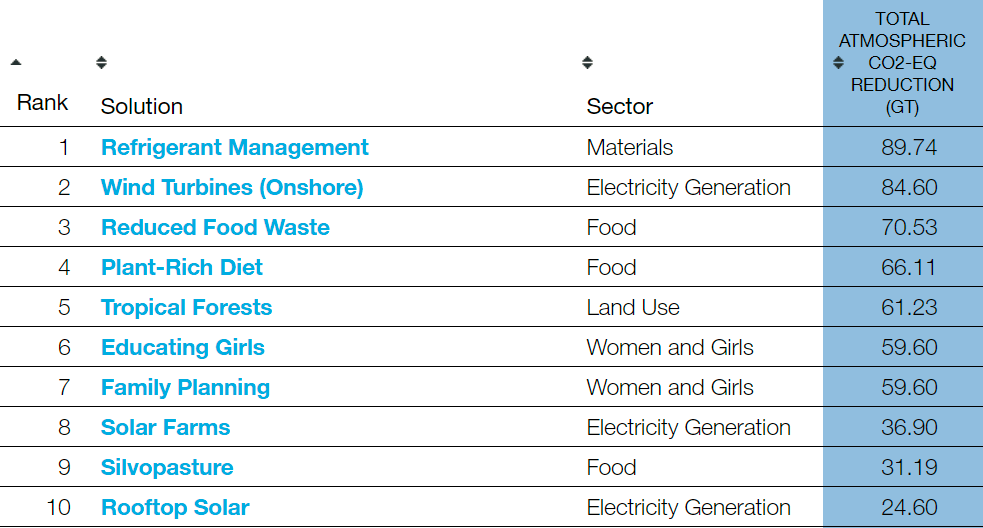Taking action on climate change – why we should all celebrate the International Day of the Girl
Taking action on climate change – why we should all celebrate the International Day of the Girl
Taking action to educate and empower girls is a vital step on the way to tackling climate change effectively, says CDKN's Chief Executive Sam Bickersteth on 11th October, the International Day of the Girl.
The Paris Agreement on climate change, made in Paris nearly two years ago, signalled the urgent need for all countries to transition to a low-carbon, climate resilient-form of development and economic growth. Most countries responded enthusiastically to this challenge with their climate plans, known as Intended Nationally Determined Contributions or INDCs which have been subsequently enshrined in the Treaty as NDCs.
For developing countries, the NDCs are high level plans on how to integrate climate into their development and poverty reduction strategies or 'climate compatible development', as we have called it in CDKN. As we look across the range of development needs, few could be more important than ensuring girls get a good education; but how far have we considered this as a change that can address climate change? Instead, we have put our attention in energy, land use, transport and infrastructure. The International Day of the Girl is an opportunity to think differently.
For many countries, both developed and developing, transitions are emerging towards new ways of running our economies with lower emissions or decarbonisation. For example, changes in energy systems are underway driven by falling prices, technology and policies particularly for wind and solar renewables and new storage technologies.
Second, we hear almost daily announcements regarding the exponential growth of the electric vehicle market driven by strong policy targets and transformative investments by car manufacturers. Third, much attention is being given to the development of smart cities where we can live better with lower carbon footprints through energy efficiency and decarbonising infrastructure construction and use; progress has been slower than in energy and transport but the opportunities are immense especially for rapidly urbanising developing economies.
The final area for action on climate highlighted in many NDCs is around land use, forestry and agriculture. Curbing deforestation and reducing the carbon footprint of agriculture remain complex, unfulfilled tasks despite afforestation or land use restoration being the only established at scale negative emission technology.
The pace of change in some of these areas is fast yet we know that it is not fast enough. Current NDCs leave a gap: with projected warming expected to rise to 3.6 degrees Celsius, well over the agreed limit of 2 degrees. Meeting the massive challenge of less than 2 degrees requires rapid decarbonisation across all sectors of society.
Recent analysis led by Paul Hawken provides some helpful pointers on where to look for solutions to climate change and accelerate action. Drawdown: The most comprehensive plan ever proposed to reverse global warming has come up with a rating of where the 100 best options for action on climate change lie (see table below). Refrigeration stands out as one of the highest emitters that must be addressed across global supply chains, in our shops and homes. But sitting high in the ratings at No.6 is education of girls.
This surprising entry sits along the more obvious solutions areas of land use, electricity generation and transport (electric vehicles sit at No.26). Development of wind and solar energy systems offer substantial benefits as do actions in relation to diets, food and sustaining tropical forests. Hawken et al have demonstrated how better and longer education of girls leads to fewer, healthier children and healthier women and girls. Education enables girls to develop greater resilience to face up to climate change and reduces their vulnerability to natural hazards. With 62 million girls still lacking access to education worldwide, the opportunity to address both climate mitigation and adaptation pushes girls education up to the top of climate solutions.
Solutions to climate and development are closely intertwined and as we celebrate the International Day of the Girl, and advocate for women’s and girls’ access to education through programmes like DFID’s Girls Education Challenge Fund we can also celebrate progress to meeting the Paris Agreement. We should continue to see the Sustainable Development Goals as one package of intersecting objectives where poverty reduction and climate action meet.
Table: Courtesy Hawken (2017).
Image: Girls' education, courtesy DFID.

